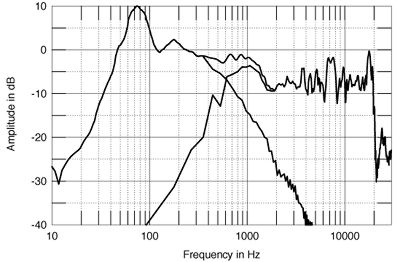It seems that when we talk about subjective perception (only the ears) we don't understand each other. 
But it seems that when measurements and science come in, it gets even worse...:blush:
Why don't you illustrate your comments with what you achieved and hear?
1 (one) subwoofer, placed in the center of the main speakers (mandatory) with these reproducing the entire frequency range... And the result is a wall of sound, with a well defined stage and a fantastic stereo, it is not possible to point out the origin of the low frequencies...
N Vasilic1.mp4 on Vimeo
N Vasilic2.mp4 on Vimeo
But it seems that when measurements and science come in, it gets even worse...:blush:
Why don't you illustrate your comments with what you achieved and hear?
1 (one) subwoofer, placed in the center of the main speakers (mandatory) with these reproducing the entire frequency range... And the result is a wall of sound, with a well defined stage and a fantastic stereo, it is not possible to point out the origin of the low frequencies...
N Vasilic1.mp4 on Vimeo
N Vasilic2.mp4 on Vimeo


